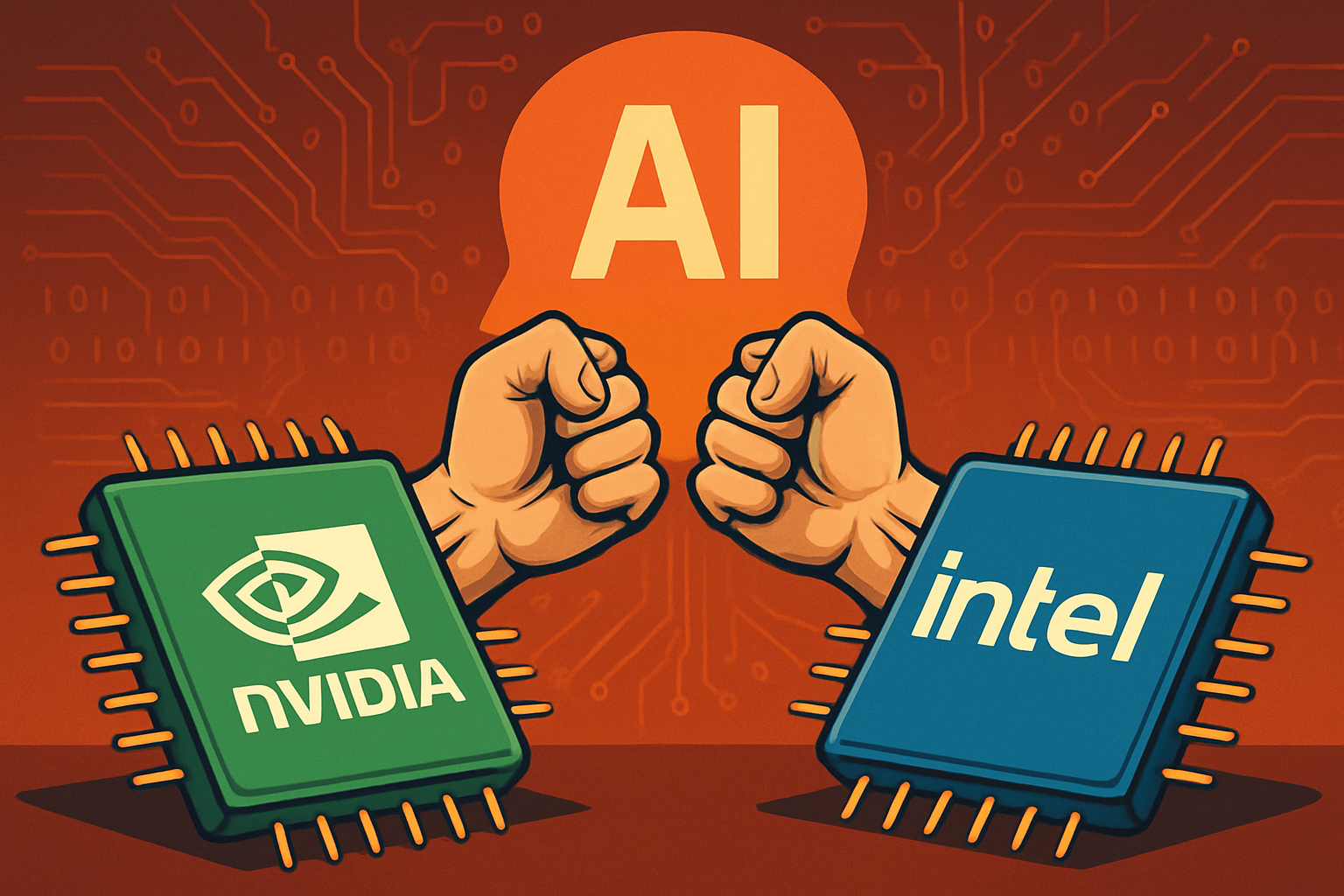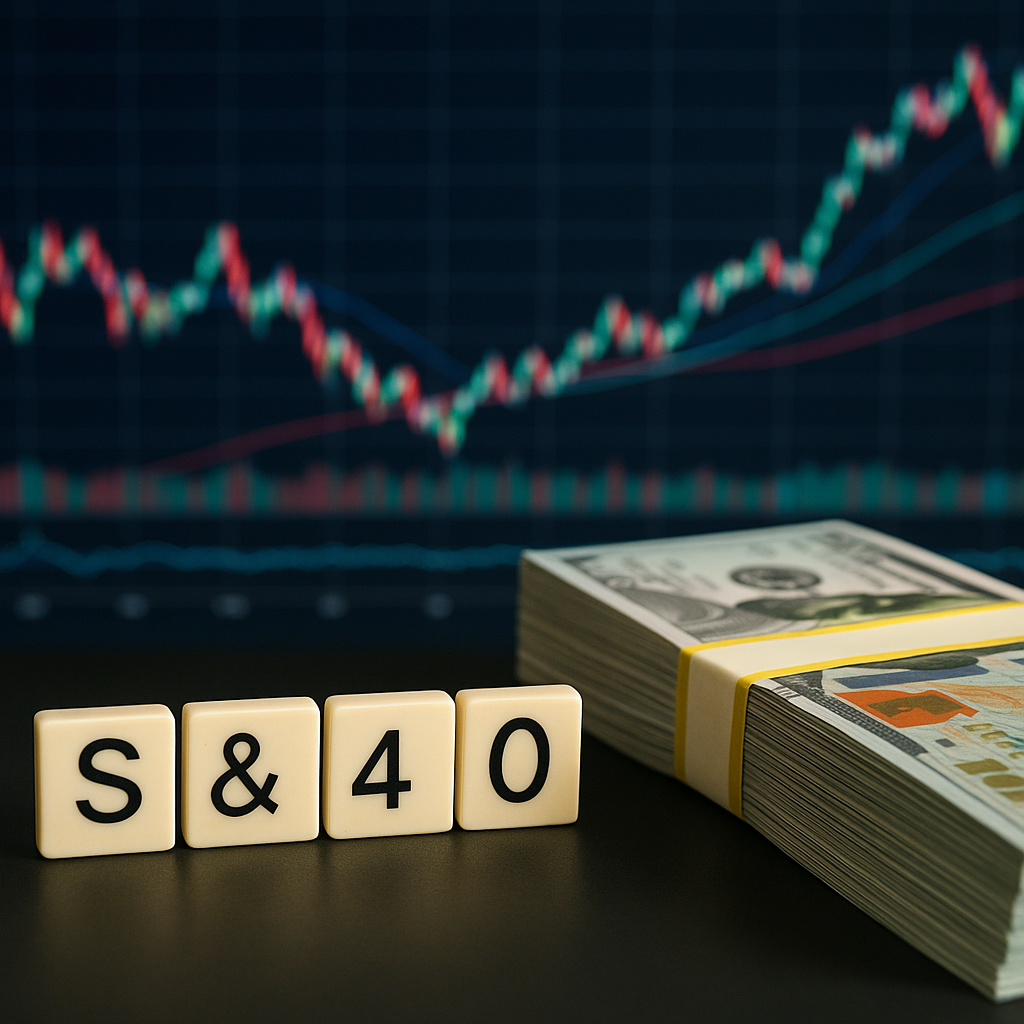A Strategic Power Move That Could Redefine the Semiconductor Battlefield
In a bold pivot that’s turning heads across Wall Street and Silicon Valley alike, Intel has announced a major initiative to develop its own artificial intelligence (AI) chips—signaling a direct challenge to Nvidia’s dominance in the AI hardware space. This strategic reset comes after a series of underwhelming acquisitions in the AI arena and represents a critical inflection point for the tech giant as it fights to reclaim relevance in a market it once led.
For investors tracking the semiconductor and AI arms race, Intel’s move couldn’t be more timely.
Why This Matters for Investors Now
The AI hardware market is projected to exceed $400 billion by 2030, according to McKinsey, with demand driven by exponential growth in generative AI, machine learning workloads, and edge computing. Nvidia currently dominates this space with an estimated 80% market share in AI accelerators, but cracks are beginning to show as rivals like AMD and custom chip startups enter the fray.
Intel’s decision to build its AI capabilities in-house—rather than acquire them—signals a long-term strategy to compete on innovation rather than buyouts. According to a report by Reuters, the company plans to unveil a new AI chip architecture by mid-2026, focused on data center performance and power efficiency.
“We’re not chasing hype—we’re building the infrastructure for real-world AI,” said an Intel executive familiar with the plans.
— Reuters, April 25, 2025
This commitment comes at a time when investor appetite for AI-related assets remains strong. Nvidia’s stock has surged over 250% since the beginning of 2023, fueled largely by its AI portfolio. Intel’s pivot could offer an alternative bet for investors looking to diversify within the semiconductor boom.
Breaking Down Intel’s AI Chip Strategy
Intel’s in-house AI initiative will be centered on three pillars:
- Architecture Innovation – Leveraging internal R&D teams, Intel is developing chips optimized for AI inference and training, rivaling Nvidia’s H100 series.
- Vertical Integration – Intel aims to own the stack from chip design to software integration, similar to Apple’s approach in the mobile sector.
- Enterprise Market Focus – Rather than targeting consumer AI devices, Intel is doubling down on enterprise-scale AI infrastructure for cloud providers and data centers.
This realignment also follows the 2023 acquisition of Habana Labs, which Intel struggled to scale effectively. Lessons learned there are informing this new, internally driven roadmap.
The Competitive Landscape: Can Intel Really Take on Nvidia?
While Nvidia has first-mover advantage and deep developer loyalty, Intel isn’t starting from zero. The company has strong existing relationships with enterprise clients, global fabrication capabilities, and years of x86 dominance to build upon. If executed well, Intel’s AI push could pressure Nvidia’s pricing power and open new avenues for adoption, especially among cost-sensitive cloud providers.
Investors should also consider the geopolitical dimension: with U.S.-China tech tensions escalating, American companies like Intel may benefit from government incentives tied to domestic semiconductor development, including support under the CHIPS Act.
Key Investment Insight
Intel’s AI chip announcement is more than just a headline—it’s a potential turning point for the semiconductor landscape. While the company’s turnaround will require time and flawless execution, the strategy introduces a compelling rival narrative in a market currently priced for Nvidia perfection.
Consider the following:
- Watch Intel’s upcoming earnings calls for CapEx plans and roadmap updates on AI chip timelines.
- Monitor AI hardware ETFs such as SOXX and SMH for exposure to both Intel and Nvidia as the competitive narrative unfolds.
- Look for supplier chain impacts, particularly in advanced packaging and fabrication players like TSMC and ASML, which will play a critical role in AI chip production.
Stay Ahead with MoneyNews.Today
Intel’s re-entry into AI hardware is more than a strategic pivot—it’s a shot across Nvidia’s bow in the multi-trillion-dollar race to power the future of artificial intelligence. As competition heats up, the opportunities for savvy investors are just beginning.
Stay informed. Stay invested. Follow MoneyNews.Today daily for cutting-edge analysis on AI, emerging tech, markets, and metals.





